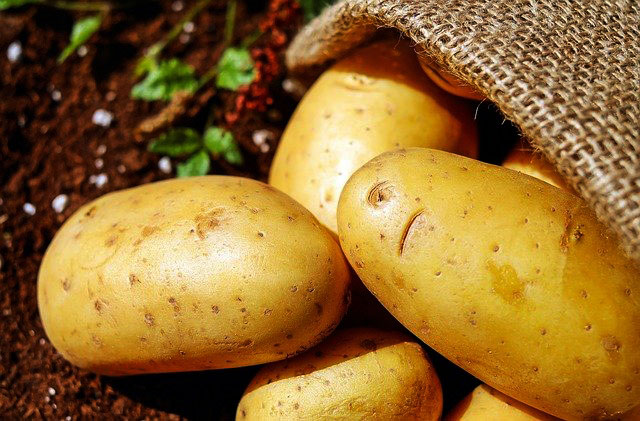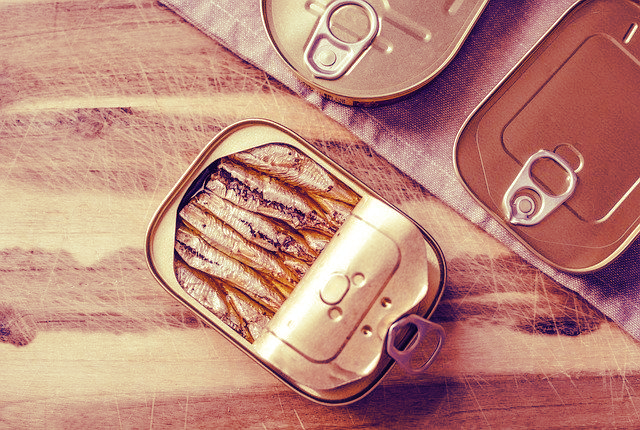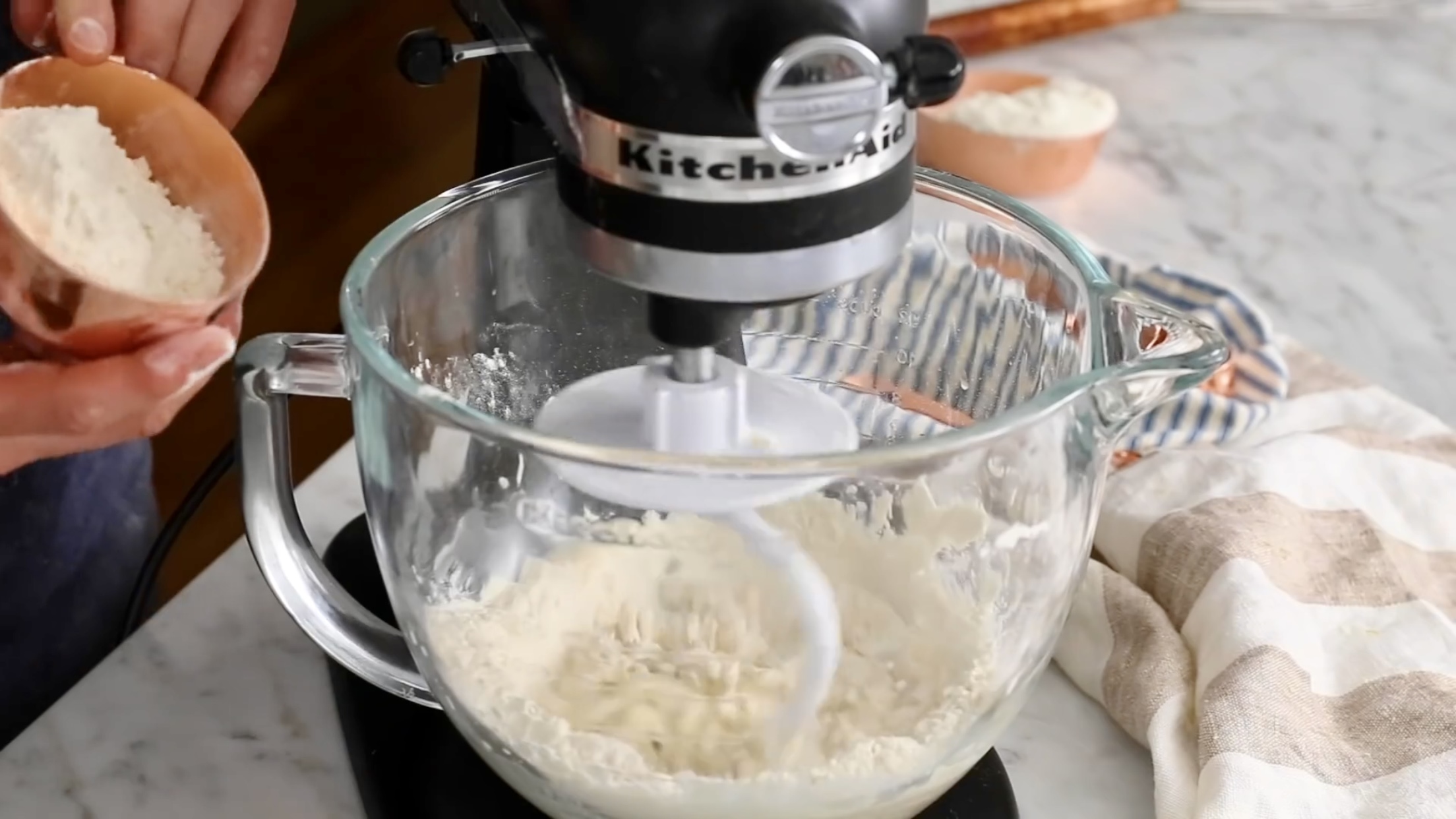You mean, is it one of the great cosmic jokes shared by all recipe and cookbook writers everywhere?
"Hey kids, let's see if we can fool all of those home cooks all of the time!" "Yeah! Let's tell them to stir counterclockwise north of the equator and clockwise south of the equator." "No, that's dumb. Let's tell them black pepper is indigestible." "That's pretty good, but how about if we just tell them to mix wet and dry ingredients separately?" "That's great! It's so simple, they'll never figure it out! Now we just have to tell the other 17,653± recipe writers to do it, too."
Well, we guess you've figured it out. Now what are all those recipe writers going to do for fun?
Actually they want you to mix all the dry ingredients in one bowl so that the baking powder or soda and salt (and any other dry ingredients) are well mixed and evenly dispersed in the flour before you add liquids that will begin the formation of gluten. The more you mix flour and liquid, the more gluten develops. While that may be fine for a kneaded bread, it is not good for biscuit dough, cookies, cakes, etc., where you absolutely do not want sheets of gluten to form. If you know all the dry ingredients are well mixed, you can stir less when the dry and liquid ingredients come together.
Some biscuit and muffin recipes actually tell you to stop mixing while there are still visible lumps or pockets of dry ingredients. They want the liquid ingredients to overcome the dry bits as the batter sits in the bowl, and when you transfer the batter to the muffin tin, or even in the early stages in the oven. That's how badly the recipe writers of this world want to protect you from the formation of gluten in your muffins. Yes, the very people you have been doubting have been trying to protect you from tough muffins and rubbery cakes. We think you owe those 17,653± recipe writers an apology!
If, on the other hand, you are using grains that will not form gluten, you can mix wet and dry ingredients with abandon, anytime, anywhere.




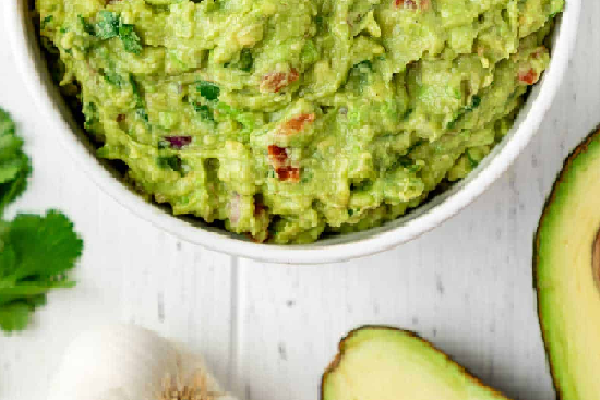



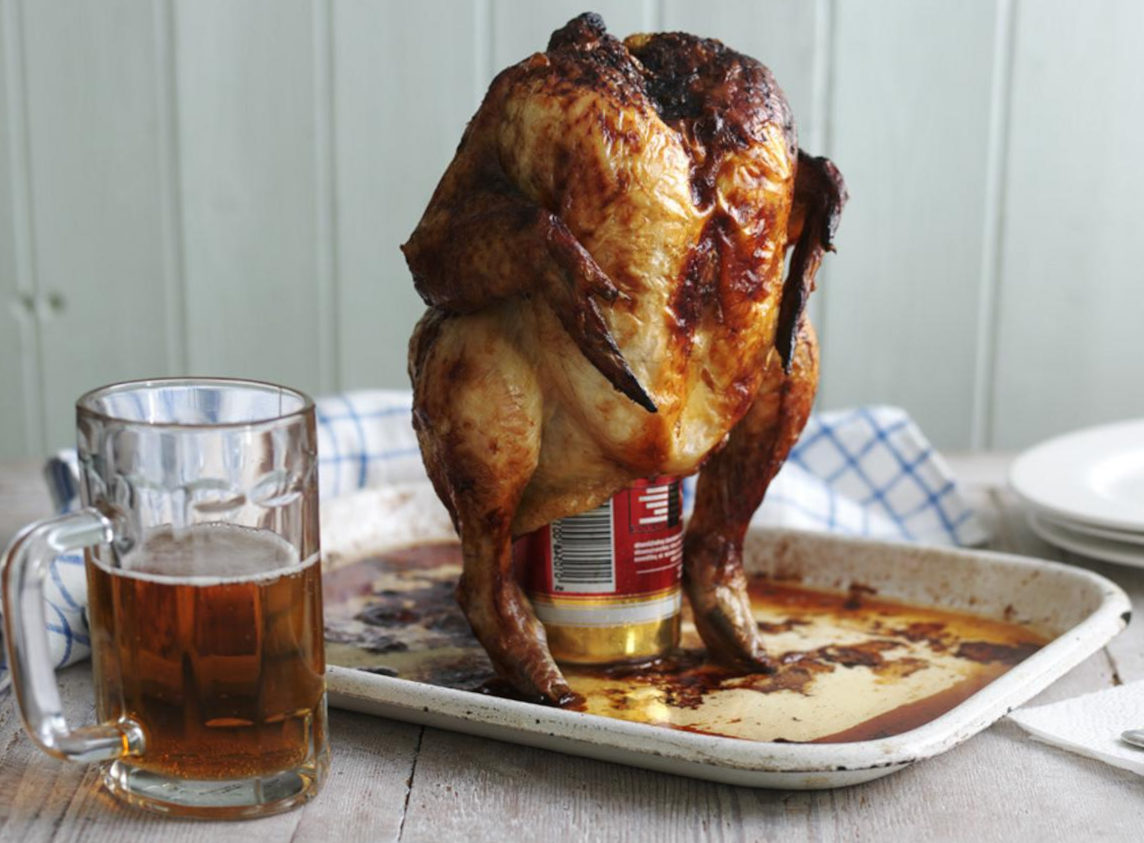
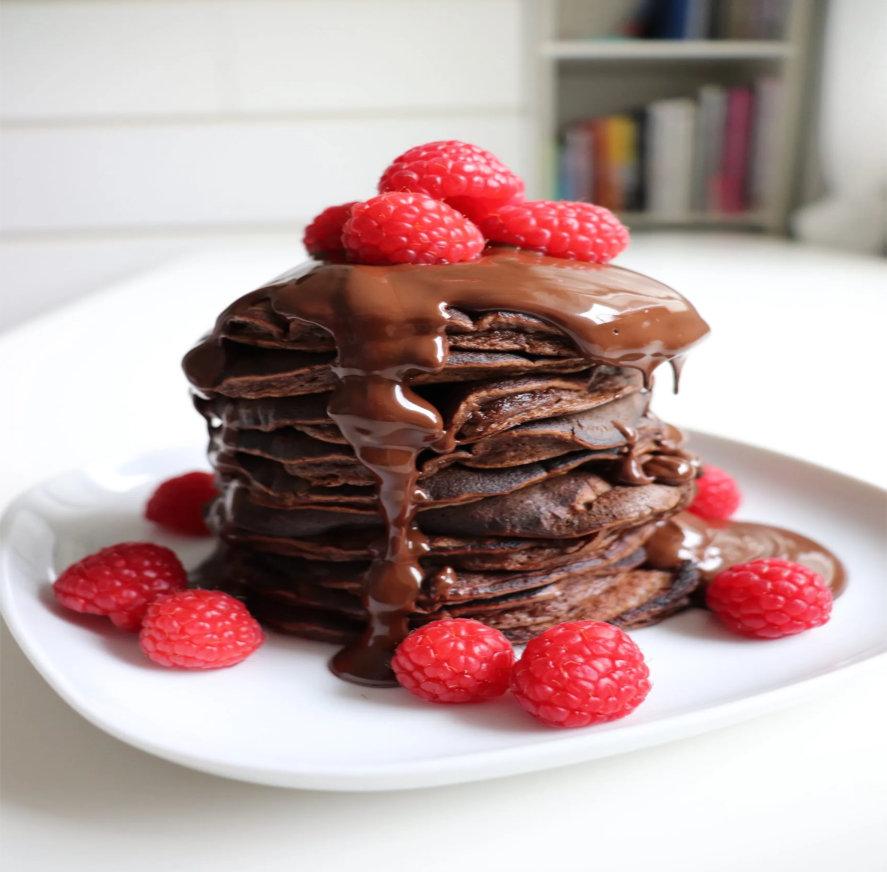
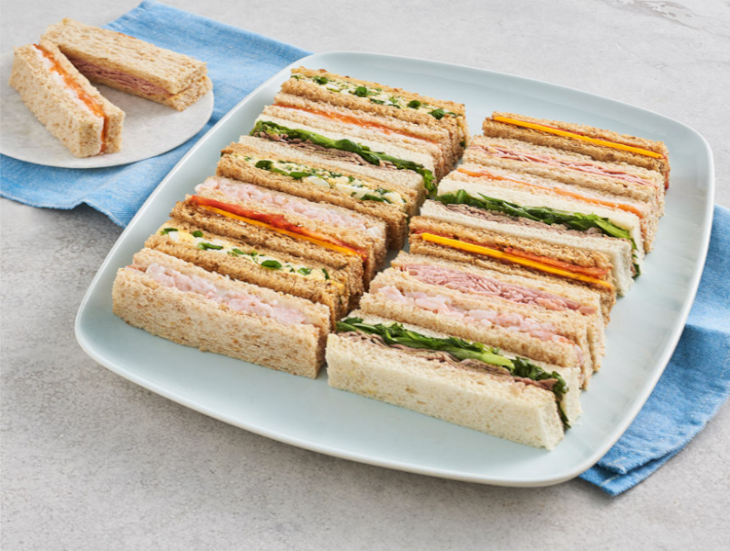



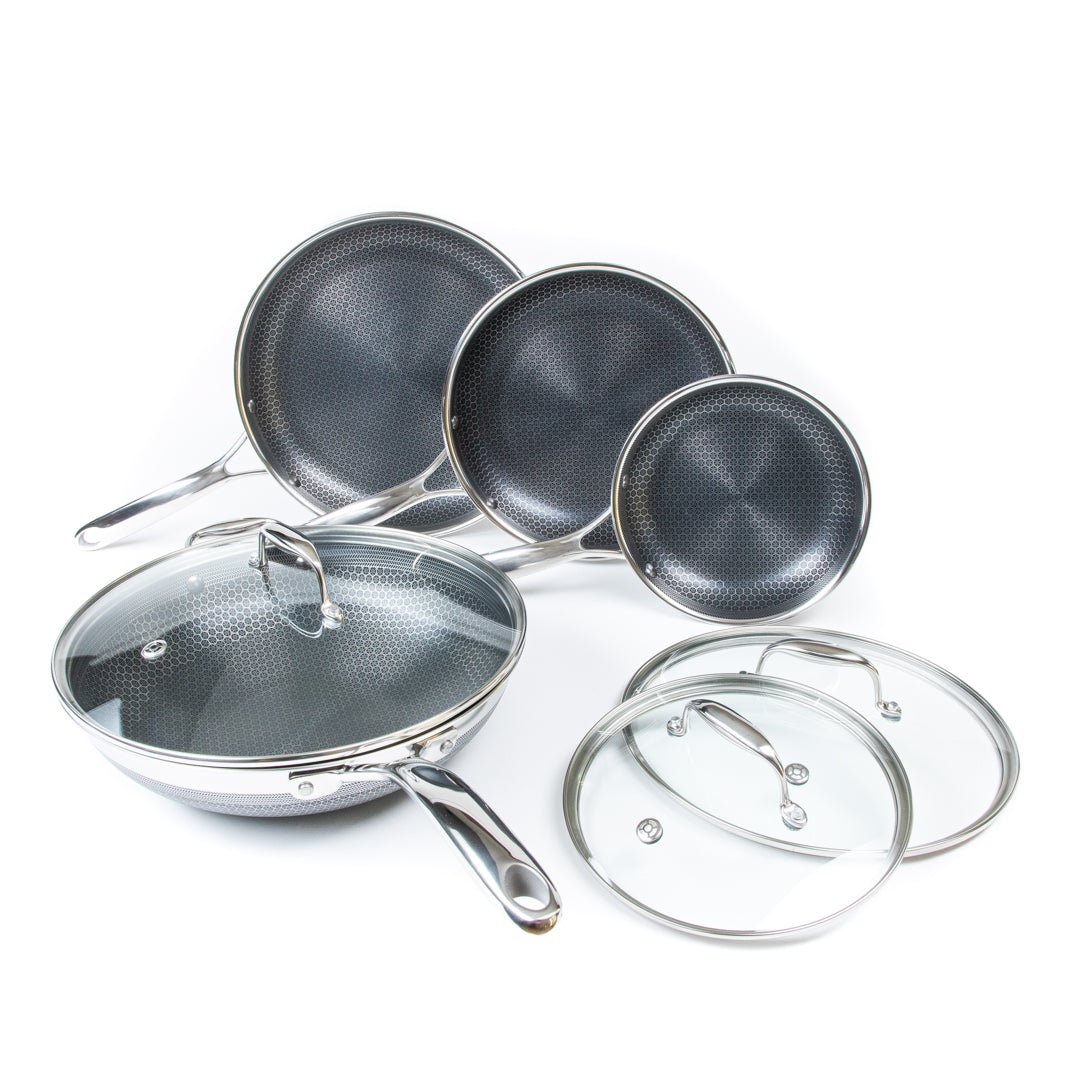


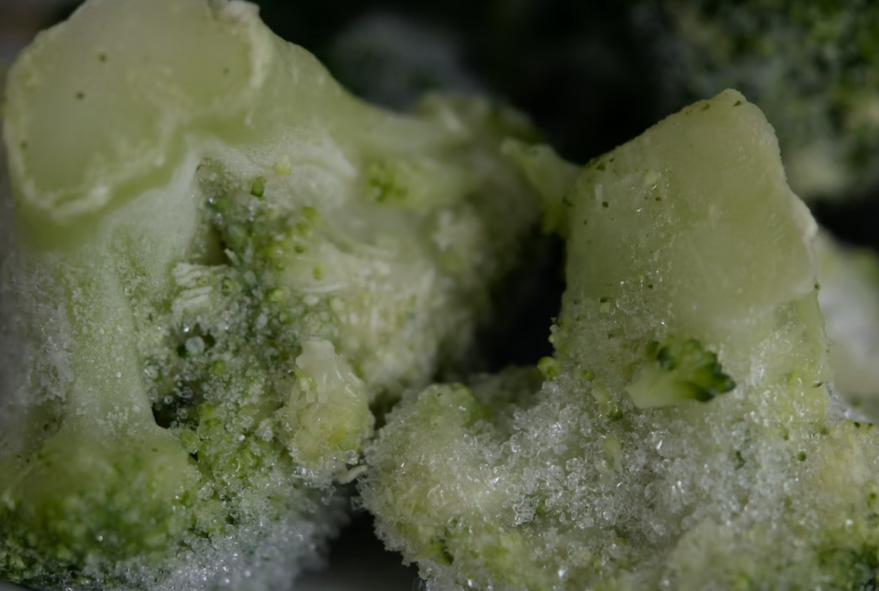
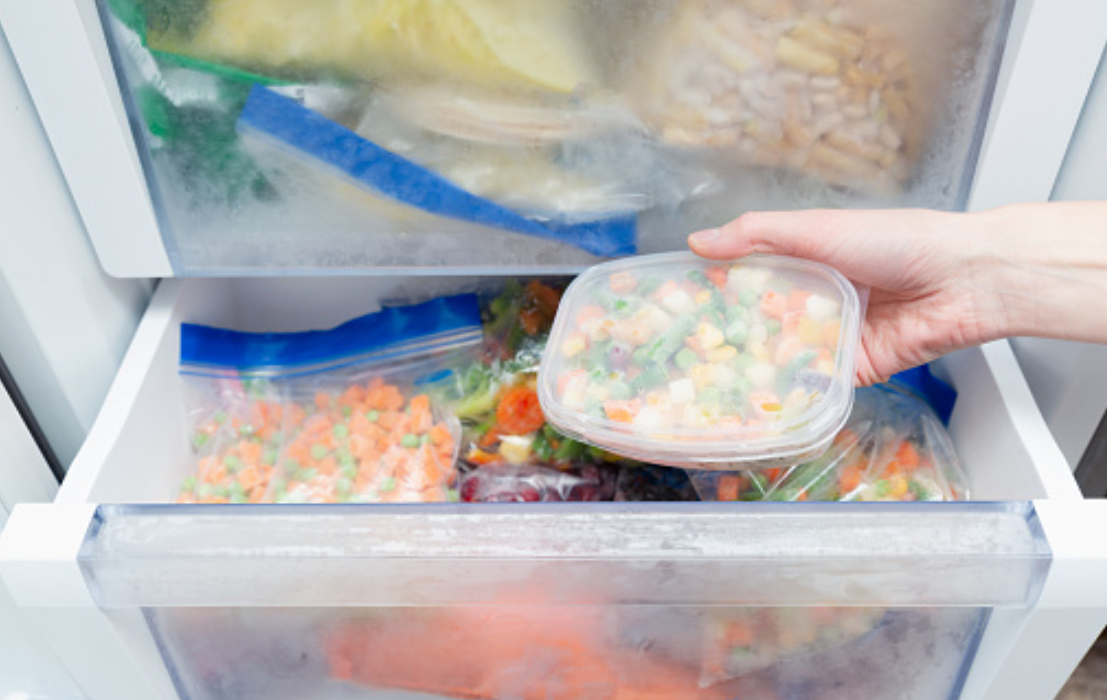
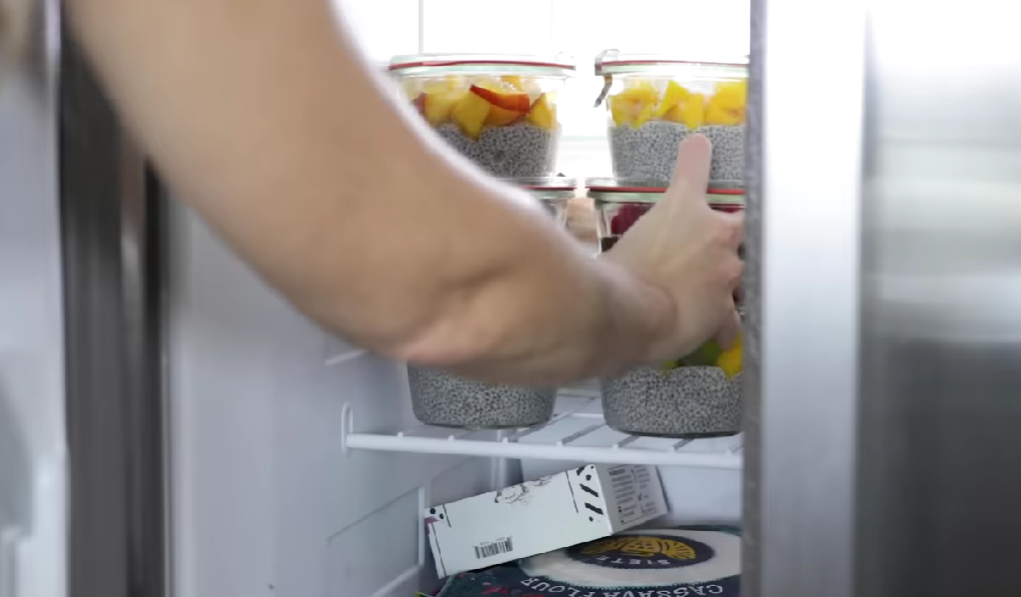

![Can you Cook Eggs in the Microwave? [Complete Guide]](/assets/images/c1f79d1cad59f18f9b5dc31403bd0eb2.png)

